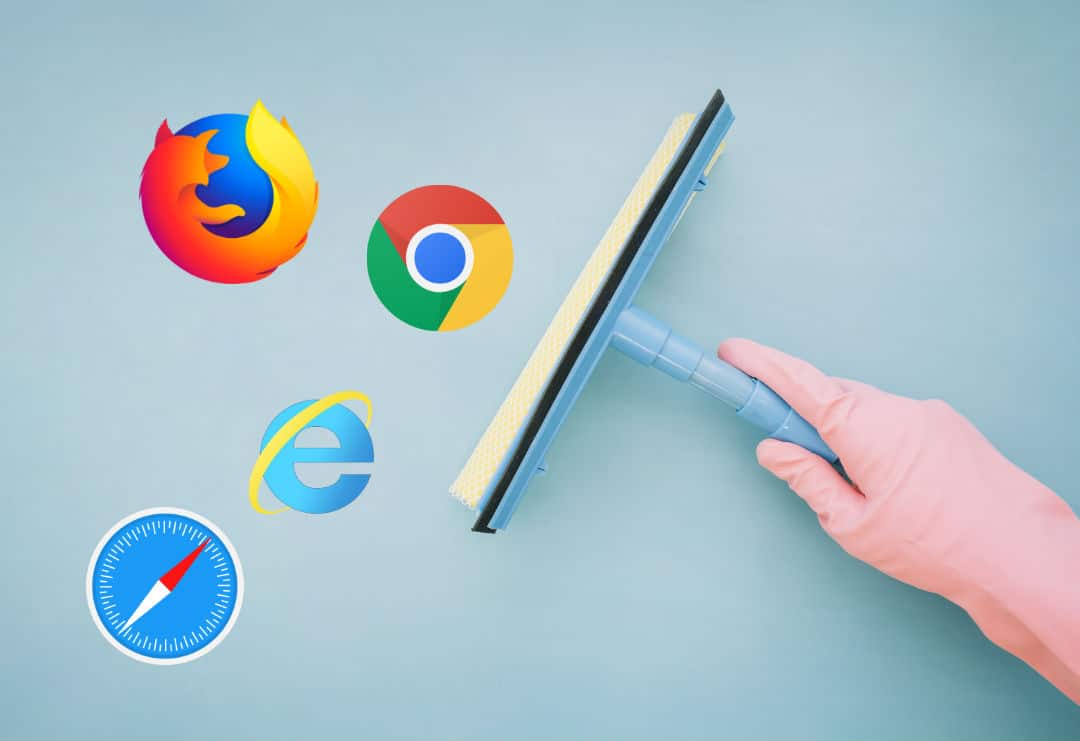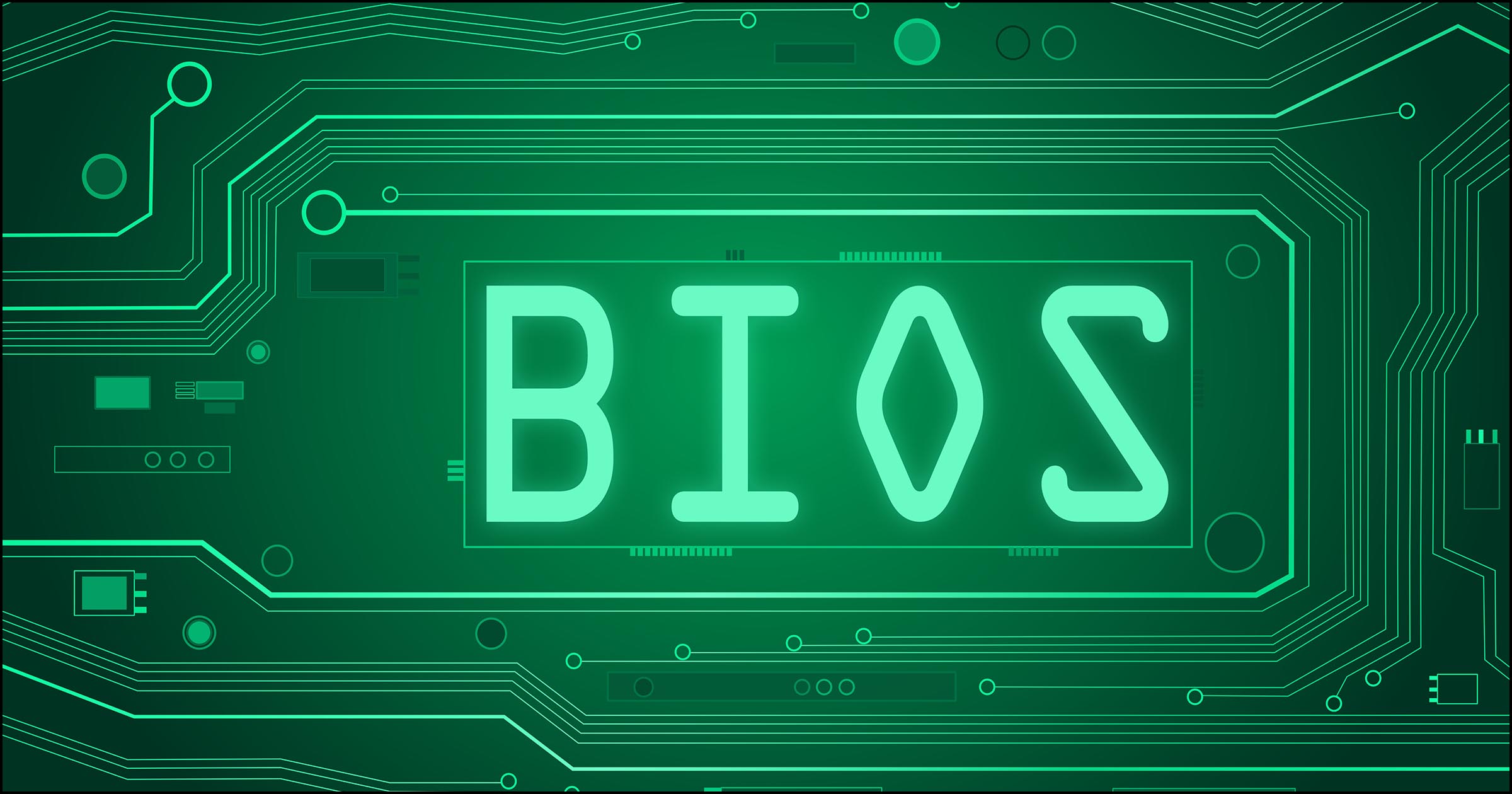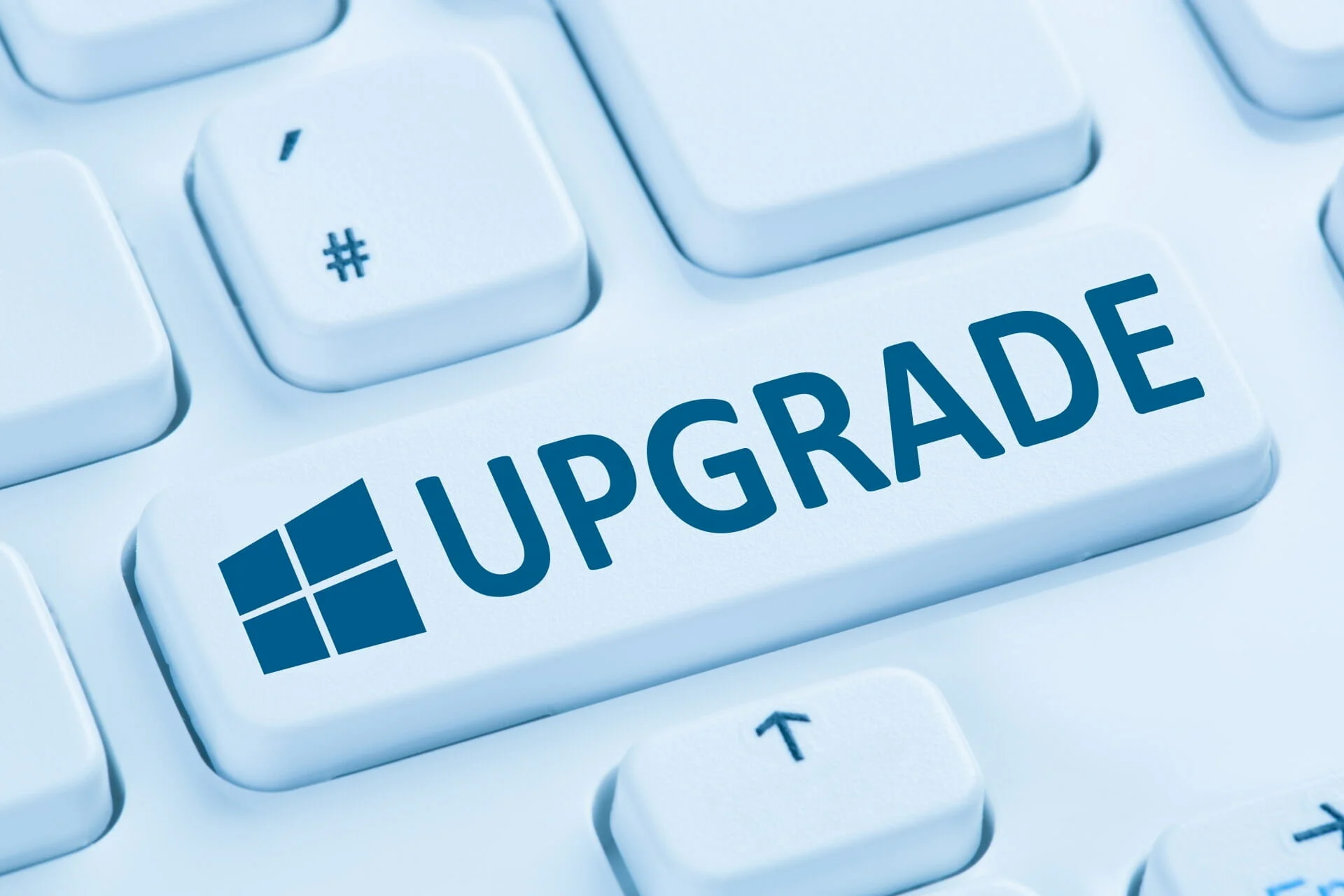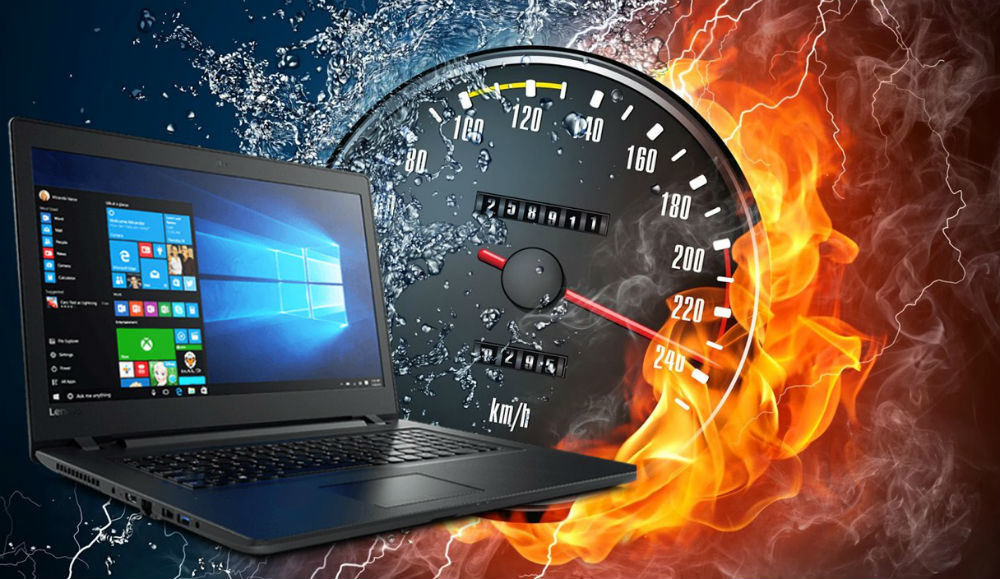Eventually in time we as a whole arrive where our PC isn’t running a rapidly as we like. With a maturing PC, it’s practically inescapable. Yet, there are numerous things that you can do, shy of purchasing another PC, that permit you to get a speedier, more responsive PC. Before I give you my ten hints, I need to acquaint you with a device that accompanies Windows Vista and 7 that evaluates your PC’s concerns. It’ll provide you with a superior thought of what may be the primary issue with your PC, and empower you to fix the problem(s). Snap, first and foremost, Start, then Control Panel. Presently go to the System and Security tab and snap System. In the menu that shows up, click Performance Information and Tools under the See likewise heading of the left board. Next click Advanced Tools in the left board and in the new discourse, look down and tap on Generate a System Health Report. This will require a couple of moments to recognize potential issues with your PC. It could likewise be helpful to re-evaluate the Windows Experience Index. Assuming you really want any assistance with deciphering these outcomes, simply reach us. Minus any additional goodbye, here are my main 10 hints for how to accelerate your PC:
1) Free circle space
Maybe the clearest choice is just to let loose a portion of your plate space. This gives more space to the framework to run and hence your PC can be faster accordingly. To do this, click Start, Control Panel, click the Programs tab and afterward Programs and Features. Then, at that point, a rundown of your projects will come up. Just select a program that you don’t require or don’t need any longer and snap uninstall. It’s just simple! After you’ve eliminated a few undesirable projects, particularly huge projects, you ought to see your PC accelerate a little.
2) Clear your web reserve

Here is another tip that individuals frequently neglect. Clearing your web reserve can help the speed of your program and likewise, your PC. What is the web store you inquire? At the point when you visit web locales, your web program stores data in an organizer, called a reserve. On the off chance that it’s been quite a while since you’ve cleared your reserve (or you’ve never cleared your store) then, at that point, it’d be smart to clear it. This is the way to do it on Internet Explorer: Go to Tools, then, at that point, click on Internet Options. Under history, click on Delete and tick the sorts of put away information you might want to eliminate from the reserve.
3) Run a circle cleanup
Frequently a neglected element, the capacity to run a plate cleanup is a basic and compelling method for making your PC run quicker. Essentially, circle cleanup recognizes and eliminates unnecessary framework records, assisting with making your PC run faster subsequently. To get to this device, click Start, Computer then right snap your desired plate to clean (typically your C:/drive) and snap Properties. In the popup that shows up, click circle cleanup. The program will then, at that point, survey your PC and present you with different choices of records that it can eliminate and how much space that will be liberated. Assuming you’re uncertain about what to choose, just leave the defaults. Then, at that point, plate cleanup will run and wrap up for you! Another program that is great to download which carries out a comparable role is CCleaner.
4) Perform a defrag
Another integral asset that you can utilize that a great many people don’t use is the defragmentation device that accompanies Windows. Defrag investigations how the documents are organized on your hard drive and yet again orchestrates them to advance speed and proficiency for your PC. It’s like examining and arranging the PC’s records essentially. To run a defrag, go to Start, Computer and afterward right snap on the drive you need to run a defrag on and click Properties. From the discourse that shows up, explore to the Tools tab and snap on Defragment now. From that point, follow the prompts to investigate and defragment the volume (this part marginally unique relying upon your form of Windows) (P.S I’m heeding my own guidance and ran a defrag on my own PC while composing this).
5) Scan your PC for spyware and malware

On the off chance that your PC is running sluggish continually, this could be because of an infection, spyware program or comparable malware. You mightn’t actually realize that the program has gotten to your documents and it changing framework settings (not a decent thought). Assuming you have an enemy of infection or other enemy of malware program on your PC, run a full framework output and verify whether there’s anything prowling around that ought not be there. In the event that you don’t as of now have a program introduced, you can download Microsoft Essentials for nothing, http://www.microsoft.com/security/pc-security/mse.aspx. AVG is likewise a famous free enemy of infection. Most Windows PCs additionally have safeguard on them, so explore to Control Panel and snap Windows Defender to open it. Then, at that point, play out a full framework check. Different other enemy of spyware and hostile to malware programs and furthermore accessible. A speedy pursuit on Google will raise large numbers of these. I say this since it’s not unexpected great to run more than one sort of enemy of malware program. This is similar to hearing a second point of view. One program could find something that the past didn’t, or one might be more likened to tracking down specific issues, on specific working frameworks, etc…
6) Run chkdsk
Chkdsk (really look at plate) is a flawless little program that can actually look at your PC for mistakes. Once in a while your PCs document framework can collect blunders, similar as DNA can gather transformations over the time of an individual’s life expectancy (however at a higher pace obviously). These mistakes must be fixed or they can create some issues with the working of your PC and influence it to gradually run. This is the way to get to it: Go to Start, Computer and right snap on the drive you need to run chkdsk on. Then, at that point, click on Properties and explore to the Tools tab. From that point, click on Check now. You might be expected to give authoritative admittance to do this. Check both of the mark boxes and snap start. In the event that you do this on your C:/drive your PC will provoke you to do this on restart. At the point when you’re prepared, restart the machine and chkdsk will run then, at that point, consequently fixing any blunders that it experiences.
7) Auto-assign your virtual memory
This one’s a flawless little framework change that I frequently perform while attempting to accelerate somebody’s PC. This is on the grounds that most more established PCs don’t auto-dispense their virtual memory, making the framework run more slow thus. In any case, this may not be the reason on more up to date PCs, but rather it merits a check. Via auto-distributing virtual memory, the framework can decide how much space it necessities to perform and set-up undertakings, leaving extra space accessible for the framework to easily run. To auto-dispense your virtual memory, click Start, Control Panel, click the System and Security tab, then click System. When you’re at the System screen, click on Advanced framework settings (in the left board). You might be expected to give head access. Then under the Performance heading, click Settings. In the exchange that shows up, explore to the Advanced tab and afterward click Change under the Virtual Memory box. Here click the checkbox that says “Naturally oversee paging record size for all drives”. Click OK. You might have to restart your PC. In the event that the mark box is as of now checked, this setting is now applied.
8) Alter your visual settings
On the off chance that your PC is as yet running sluggish, you could get a tremendous improvement from bringing down your visual settings. We as a whole love the new whizz-bang illustrations of current working frameworks, yet for a few more seasoned PCs (end even some fresher ones) this can be a burdening undertaking to finish. To change the visual settings, click Start, Control Panel and afterward click on the System and Security tab. From the following menu, click on Advanced framework settings connect on the left board. On the exchange that shows up, click on Settings under the Performance board. Then you can tap the “Adapt to best execution” radio button or check the containers of the visual settings that you need to eliminate. It is normally best to eliminate things like air look, straightforward glass, drop-livelinesss and blurring, contingent upon how serious your eased back PC is. You can on the other hand right snap on the work area, click Personalize, and afterward look down to Basic and Classic subjects and pick one of those. Assuming that what I depicted before appears to be excessively troublesome, pick the Basic choice by means of this strategy.
9) Change your Bios

On the off chance that you’ve actually got a sluggish PC that is not moving as quickly as you’d like, then, at that point, you could have to mess with the profiles. The profiles is an oversimplified interface that permits you to alter the PC’s equipment settings. To get to profiles, you should hit a particular key upon a framework fire up (this implies you’ll need to restart your PC). Normal keys incorporate F2, F8 and DEL. The screen that blazes up for a couple of moments the main thing you turn the PC on ought to let you know what button, generally attempt to squeeze every one of the previously mentioned ones. Once the profiles comes up (it ought to be an exceptionally plain, frequently blue foundation screen) you’ll need to find a setting that is as per Graphics portion. I can’t give you the immediate subtleties on the grounds that few out of every odd profiles is something very similar. I additionally call attention to that few out of every odd profiles has this choice. Essentially, you need to change this designs distribution to be a larger number. Let’s assume it’s set to 64MB, transform it to 128MB, or as high as it goes. Once more, in the event that you can’t find it under any of the tabs, then your profiles doesn’t uphold this capability, tragically.
10) Upgrade your equipment

By this stage, you ought to have truly seen an adjustment of the presentation of your PC. In the event that you haven’t, or you’re as yet not content with the speed of your PC, then, at that point, you’ll have to overhaul your equipment. Now and again, this is essentially as straightforward as getting more RAM (irregular access memory). Different times is can be more convoluted, such as modifying your motherboard. You’ll have to set some more exhortation up to figure out what’s required, so you can
